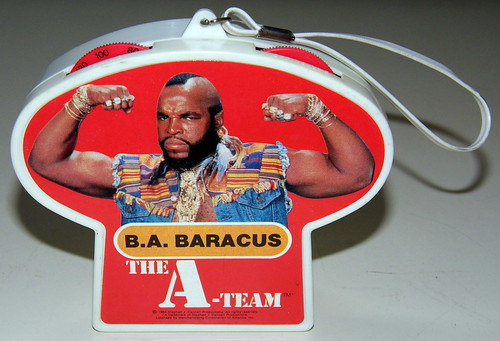Search
Bad Biz 101: Impersonating an employee on Twitter and Facebook
One year for Halloween when I was in law school, no, actually, I was in law school, I dressed up as Mr. T.
I had the gold, the overalls, the mohawk. People stopped me on the street to take their picture with me. Although, the highlight of the night was when I ran into someone dressed up as — wait for it — Hannibal Smith!
Where am I going with this? Ah, yes. While I tried my best to pull off Mr. T, there was never any risk of confusion. I was 160 pounds soaking wet, my “gold” was actually tin foil, and I’m white.
However, fast-forward 10 years. I’m a partner at a law firm. And I have a personal blog where I write about the law. *** Only in America *** So, as I advise my employer-clients to do with employees who blog and use other forms of social media to discuss work-related products and services, I include a disclaimer to alert readers that my opinions are mine and not my employer’s. In fact, this is a must in any good social media policy.
But should a social media policy also include language to the effect that the employer will not use an employee’s personal social media accounts to promote the employer’s business without permission? After the jump, a recent decision which makes a good argument for it…
* * *
 The Employer Handbook Blog
The Employer Handbook Blog



